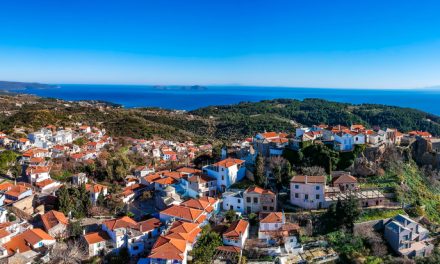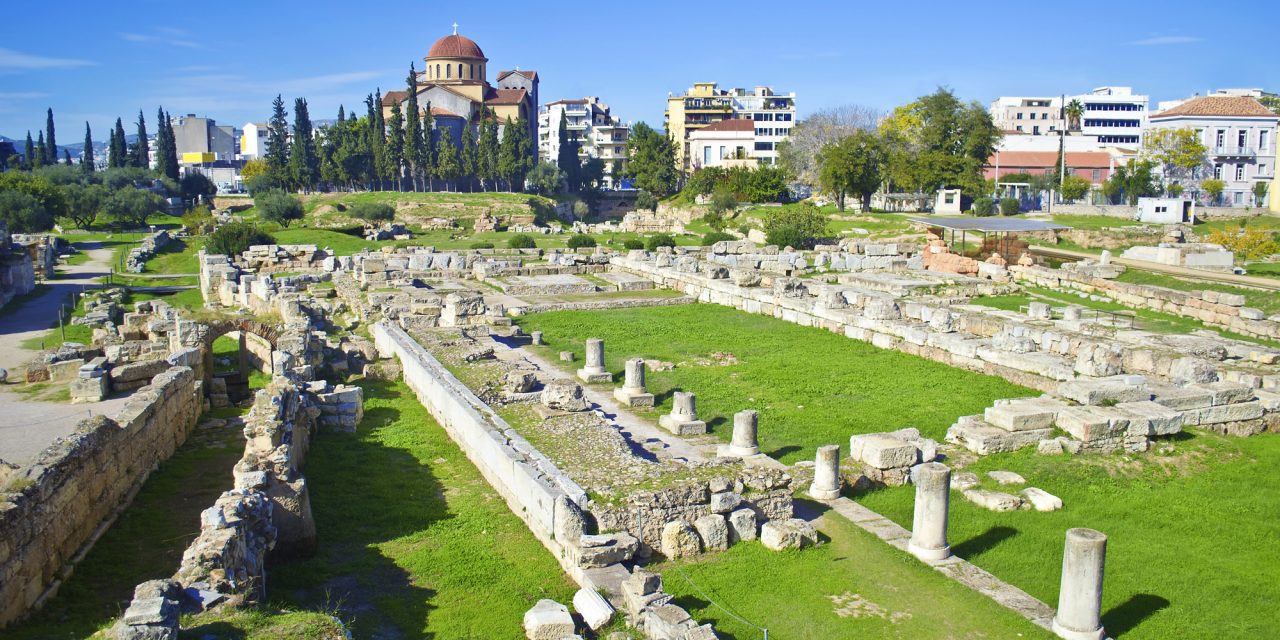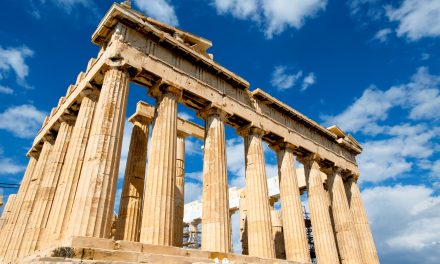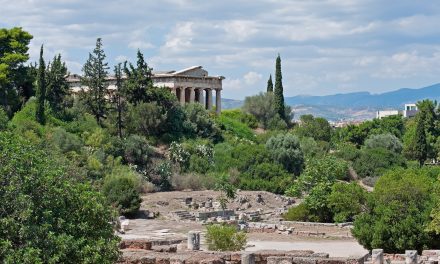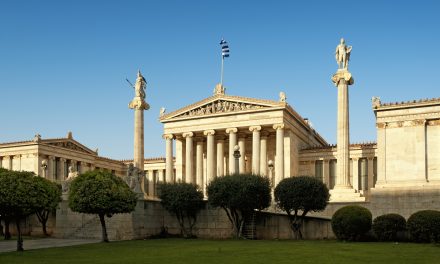Keramikos, a lesser-known but historically significant site in Athens, has a fascinating story to tell. Once the city’s potters’ district and home to the largest cemetery in ancient Athens, Keramikos is a treasure trove of ancient history, art, and architecture. In this article, we will delve into the rich past of this intriguing site and explore the key attractions that make it a must-visit destination for history enthusiasts.
The Historical Importance of Keramikos
Located northwest of the Acropolis, Keramikos was initially an area dedicated to pottery production due to its abundance of high-quality clay. The name Keramikos itself is derived from the Greek word “keramos,” meaning pottery. Over time, the area evolved into a necropolis, housing the tombs of both prominent Athenians and ordinary citizens alike.
Keramikos played a vital role in the city’s defense, as it was situated along the city walls and contained two main gates: the Dipylon and the Sacred Gate. The Dipylon served as the main entrance to the city and was also the starting point of the Panathenaic procession, a significant religious festival honoring Athena, the city’s patron goddess.
Exploring the Keramikos Archaeological Site
- The Sacred Gate and Dipylon: The impressive remains of these two gates provide an insight into the ancient city’s fortifications and serve as a poignant reminder of Athens’ past glory. Visitors can explore the reconstructed walls and gates while imagining the grand processions that once passed through them.
- The Street of Tombs: This ancient road, lined with funerary monuments and stelae, offers a unique opportunity to experience the burial customs and artistic styles of different periods in Athenian history. The intricately carved gravestones and monuments are a testament to the skill of ancient Greek sculptors.
- The Pompeion: A significant structure within the Keramikos archaeological site, the Pompeion was used as a gathering and storage place for the Panathenaic procession’s ritual objects. Today, visitors can explore the building’s ruins and learn about the sacred ceremonies that took place here.
- The Themistoklean Wall: Built during the reign of Themistokles in the 5th century BC, this defensive wall surrounded the city and connected the Acropolis to the port of Piraeus. Visitors can walk alongside the remains of the wall and appreciate the ancient city’s impressive fortifications.
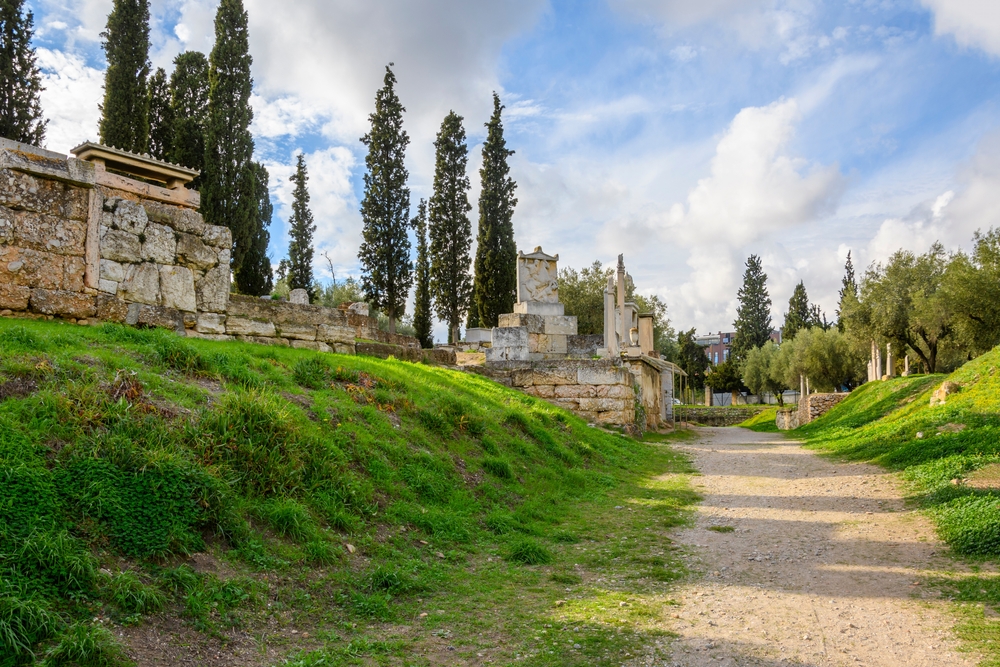
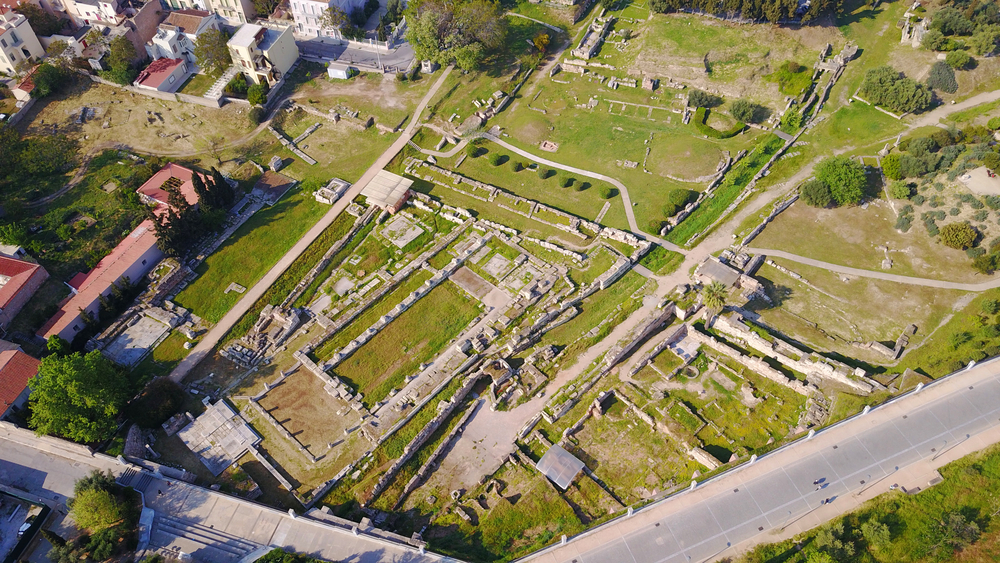
Keramikos Archaeological Museum
To further enrich your experience at the Keramikos site, be sure to visit the small but informative archaeological museum (Link to wikipedia) located nearby. The museum houses a collection of artifacts unearthed at the site, including pottery, sculptures, and funerary objects. These well-preserved relics provide a deeper understanding of the daily life and burial customs of ancient Athenians.
Keramikos offers visitors a unique opportunity to delve into Athens’ lesser-known past and explore the city’s ancient gates, tombs, and fortifications. The site, with its rich history and impressive archaeological finds, is a must-visit destination for history buffs and those seeking to uncover the hidden treasures of the Greek capital.
Map
Athens Unveiled: A Journey through History, Culture, and Modernity
Discover the grandeur of Athens, a city steeped in history and modernity. Start at the iconic Acropolis, home to the Parthenon, and Erechtheion before delving into the artifacts housed in the Museum of Acropolis. Enjoy a live performance at the ancient Odeon of Herodes Atticus, tucked on the south slope of the Acropolis.
Lose yourself in the narrow, picturesque streets of Plaka and Kolonaki, filled with boutiques, cafes, and art galleries. Indulge in shopping on Voukourestiou and Ermou streets, renowned for their luxury brands and local crafts.
Explore the vibrant neighborhoods of Monastiraki and Psiri, teeming with eclectic markets and tavernas. Take a look at our Monastiraki Flea Market Shopping Guide. Take a stroll through Thissio, where you can enjoy breathtaking views of the Acropolis. Gkazi, known for its vibrant nightlife, is a must for evening entertainment.
Climb Mount Lycabettus (read about Lycabettus Theatre) and Philopappos Hill for panoramic views of the city. Visit the National Archaeological Museum to view Greek art and the Academy of Athens for a taste of neoclassical architecture.
Experience the world’s only marble stadium, the Panathenaic Stadium, and catch a show at the Athens Concert Hall. Keramikos, an often-overlooked archaeological site, is rich with ancient tombs and ruins. Don’t forget to check our guide on Keramikos delicious local cuisine.
Athens is a city where ancient history and contemporary culture blend seamlessly, promising an unforgettable journey. Must read: A tour of its most significant landmarks and a tour of its ancient sites.

